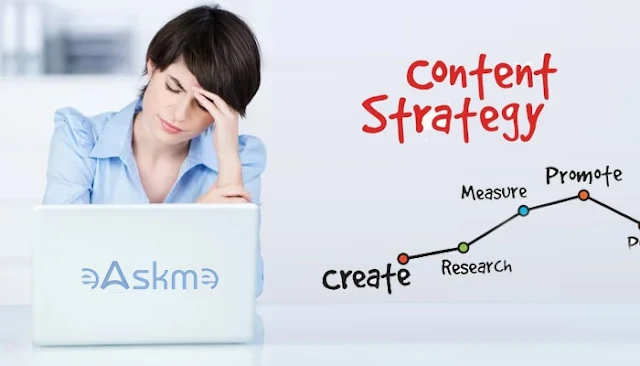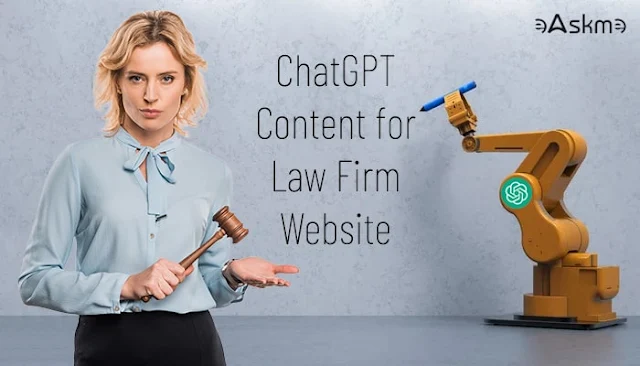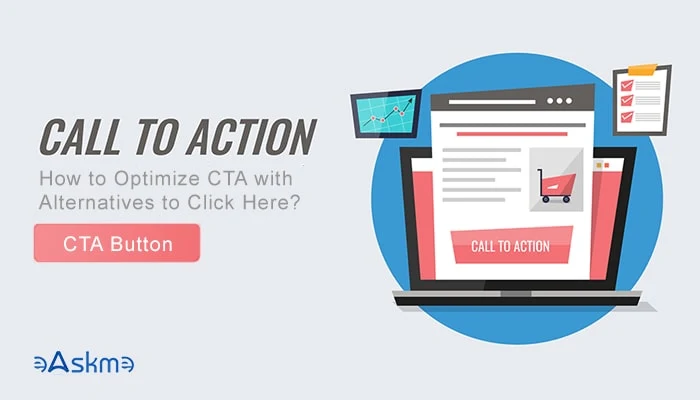Content marketing skills can make or break your marketing strategies. To get the best result from your content marketing strategies, you must possess a set of professional skills.
What are those skills? How will they impact your content marketing efforts?
Here is everything you must know!
Quality content marketing is the most effective content marketing. It works on every aspect of content from creation to marketing.
And here are the skills that are a must for content marketers.
 |
| Top 10 Content Marketing Skills You Must Master: eAskme |
Top 10 Content Marketing Skills You Must Master
1. Audience Targeting:
Audience targeting is all about targeting the right audience. But it can happen only when you understand your target audience.
So, the first thing is to identify who your target audience is, what their interests are, and how your content can influence them.
Without understating the pain points of your audience, you cannot deliver the best content.
For example, Search Engine Land is a blog completely focused on search engine optimization.
Its topics stay to the point without adding distractions. SearchEngineLand provides news and tips about SEO and PPC. It covers every Google update. It is also the reason why users interested in Google updates follow the blog.
When you go through the site like this, you get to know the readers and their interests.
SearchEngineLand’s readers are bloggers, SEO newbies and professionals, and PPC marketers. It does not publish content about life-saving or money-saving tips.
Why? Because its audience is not looking for such topics.
It helped Barry Schwartz build authority for his blog. It also builds connection with the readers. The transparent information is what readers want from his blog.
If you are also interested in similar success, then read your audience before writing for them.
2. Branding:
Learn the ways to create a brand image. Align content strategy with branding.
Branding is a must to bring eyes to your website or blog. Your brand strategy explains the influence on your audience.
Follow these tips to create an engaging brand-content strategy:
- Brand Images: What is your brand all about? Your content should picture the brand image.
- Brand positioning and audience: How your brand appeals to your target audience.
- Language and Keywords: What language you are using and how easily people can understand it.
- Build Authority: Publish quality content to build authority.
- Content Strategy: Build a content strategy that is transparent, scalable, affordable, effective, manageable, and sustainable.
- Content Calendar: Use the content calendar to plan content for the next 30 days or 12 months.
3. SEO Skills:
Study search engines and SEO strategies.
Get rid of outdated SEO practices. Focus on building authority with quality content, search engine position, and organic traffic.
Stay updated with search engine FAQs:
- Google serves 1.2 trillion searches.
- 93% of traffic comes from search engines.
- 46% of users' searches are local.
ThinkWithGoogle study shows that during the 2022 Christmas season, searches with the word “gifts” increased to 45%, and “presents” increased to 15%.
Year after year, the number of searches is growing.
It is necessary to study what is important for your target audience.
Add the following to your content marketing skills:
- Keyword and Topic Research
- Build authority
- Build email list
- Link building
- Site structure
- Website optimization
- Analytics
- AI and content humanization
4. Humanize Content:
In the era of AI, humanizing content is necessary. AI content is full of issues. It lacks authenticity, relevance, and facts.
Understand SEO strategies to humanize content using catchy headlines. Make the content interesting and usable.
Create a unique tone that appeals to your audience.
How to humanize your content:
- Follow the user’s journey: Write content that helps the user on every step of his customer journey.
- Use social media: Interact with users on social media to understand their problems.
- Use Expert Guidance: Display your content expertise to influence the audience.
- Build connection: Write content to build personal connection with your target audience.
- Video marketing: Use videos to market your content and brand.
- Use an AI detector: It helps you find AI or ChatGPT plagiarism to create original content.
WestJet’s Christmas Campaign is the best example of humanized content.
5. Learn Storytelling and Writing:
Storytelling and creativity are a must for influential writing. Great stories leave great impressions.
Your
target audience prefers content that tells stories rather than just plain writing. It is best to learn the art of storytelling. If not, then hire an SEO content writer with storytelling skills to learn.
How to Use Storytelling in Content?
- Write stories to relate with: Audiences connect with stories where they can relate with the character, incident, and issues. Use the customer’s experience when writing a story.
- Message: Your story must deliver a clear message.
- Type of Story: Choose the story based on your goals. If you want to build connection, then write emotional stories; if you want to build community, then write engaging stories.
- Platform: The platform is as important as choosing the right type. You can publish stories on blogs, websites, TikTok, Reddit, Facebook, Medium, etc.
- Structure: The structure of your story plays an important role in binding your target audience.
6. Research:
Research is what helps you in every aspect of content creation. Research to collect all the necessary information. The more information you gather, the better you can understand your audience.
Use relevant sources and credit them in your content. It will add additional credibility to your article.
7. Interview Experts:
Audiences love to read from experts or their success stories. Find subject matter experts in your industry and interview them on your blog.
To get the best result, learn how to interview an industry expert.
Here is how you can do it.
- Preparation: Prepare for the interview. Write down all the necessary questions. Find out everything about the expert before calling him for an interview.
- Goals: What are your goals? Do you want to learn something new? Or do you want tips? Choose the goal carefully to align it with your expert interview’s interest.
- Build connection: Make the expert comfortable. Welcome him and appreciate his time. Interview like a journalist.
- Recording: Record your entire interview session to publish as a blog post or podcast. You can also create YouTube Shorts, Facebook reels, and Instagram videos.Gather as much information as you can from the interview. It will help you improve your content strategies.
- Ask for More: Ask the expert for tips and clarifications. Use the interview to bust myths and find facts.
8. Analysis skills:
Content writing without analysis is meaningless. It is necessary to measure the impact of your content. Find out what works best for your audience.
Find out how the user visits your content, how long it stays with the story, and what he does after leaving the content.
Track organic traffic and clicks.
Analyze the performance of every content format. Find out which platform is best for your content promotion.
9. Add Value and Purpose:
Multiply the growth of your content by serving it in every possible format.
For example, you have written a blog post about SEO tips. Now create videos, shorts, gifs, and carousels to share on different platforms.
It will multiply the impact of your content.
Republish content as:
- Podcast
- Whitepapers
- Reports
- Articles
- Videos
- Infographics
- Carousels
- Gifs
Create a buzz before publishing the final content piece.
10. Stand Out:
Standing out while being relevant is a skill you must possess. Your unique tone must connect with the audience.
Touch the audience’s expectations, problems, preferences, and solutions.
Standing out does not mean to cut yourself off from the sentiment. But it is about blending with your audience while keeping your unique tone.
Conclusion:
Content marketing skills make your marketing strategies effective. Stay on
topic, please your audience, and publish influential content. Use available content marketing platforms.
Not only publish but also market your content in every possible way on every channel. Develop these skills to build authority, increase traffic, and dominate your niche.
Other Valuable Resources:






















